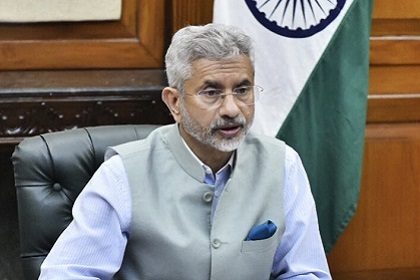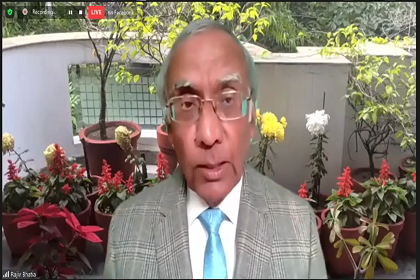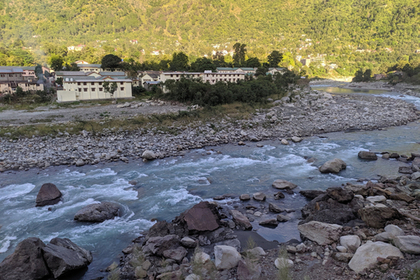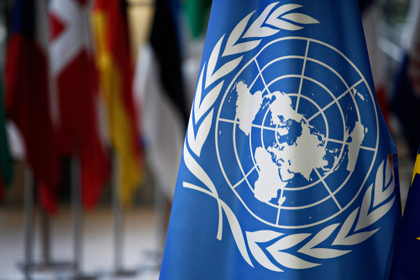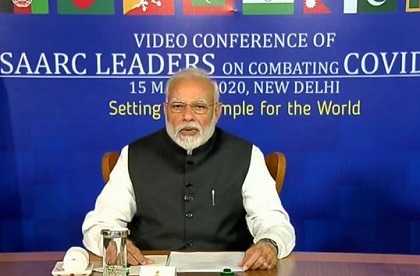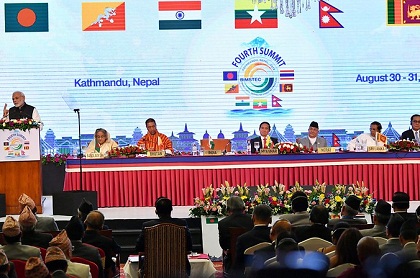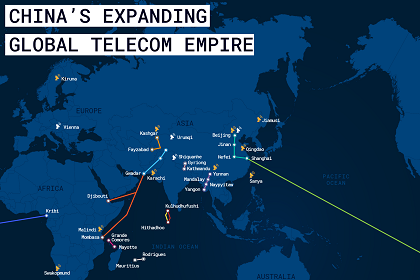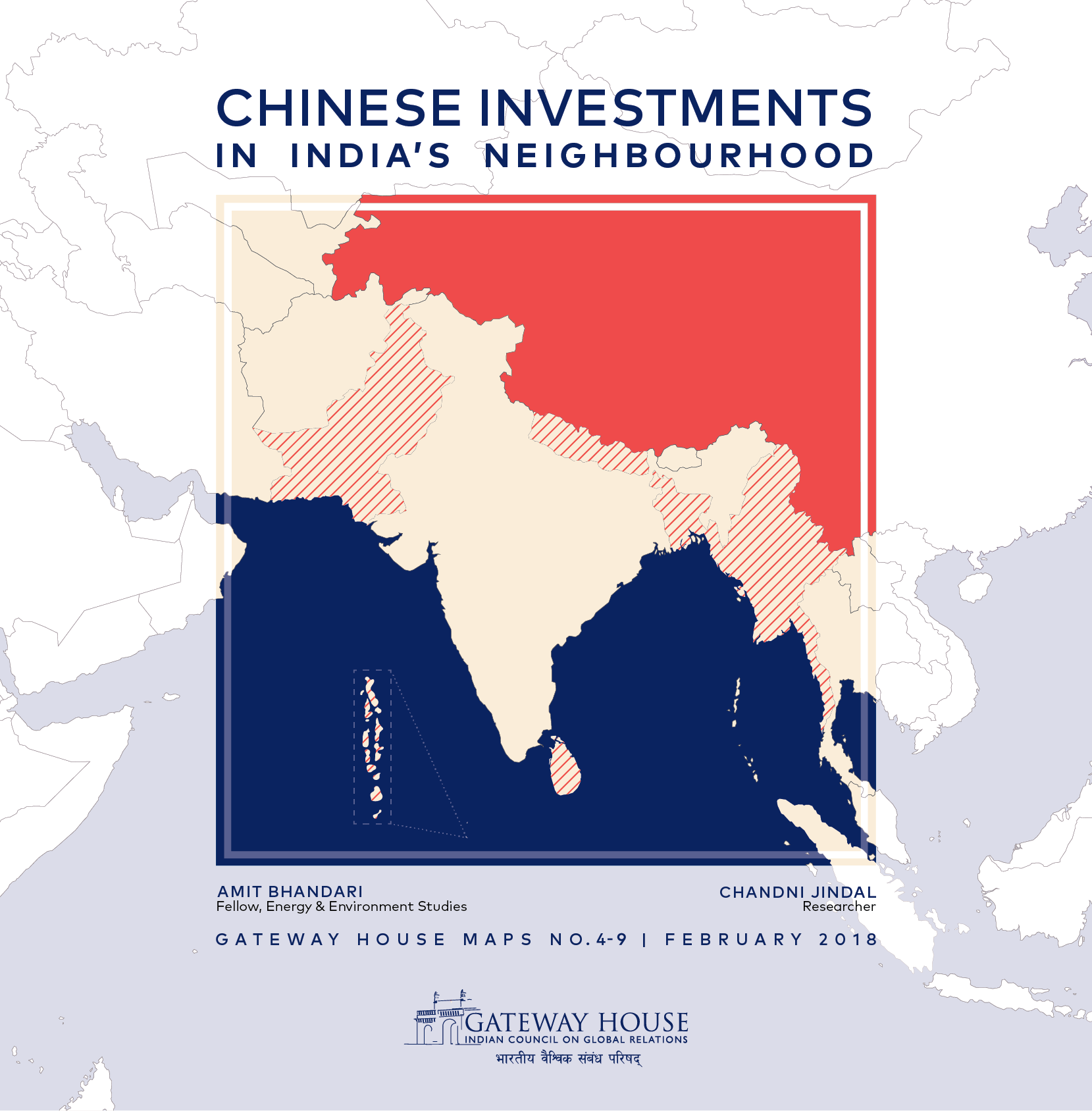BIMSTEC needs to reinvent itself
The 17th Bay of Bengal Initiative for Multi-sectoral Technical and Economic Cooperation (BIMSTEC) ministerial meeting was held on 1 April 2021. Though the grouping is ready to move forward, a number of obstacles stand in the way of this, including regional tensions, uncertainties surrounding SAARC and China's involvement in the multilateral. As BIMSTEC is to celebrate the silver jubilee of its formation next year, can it achieve its goal, to effect “a paradigm-shift in raising the level of cooperation and regional integration"?

